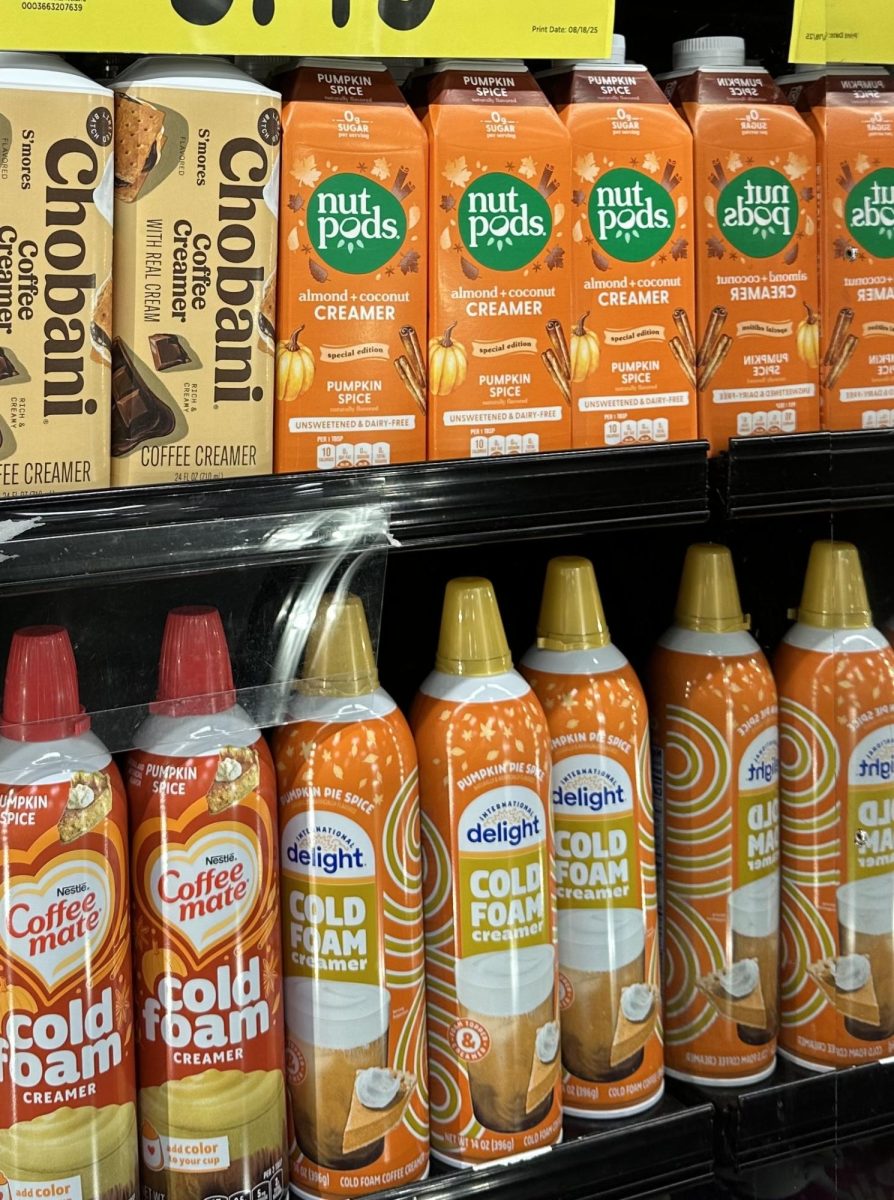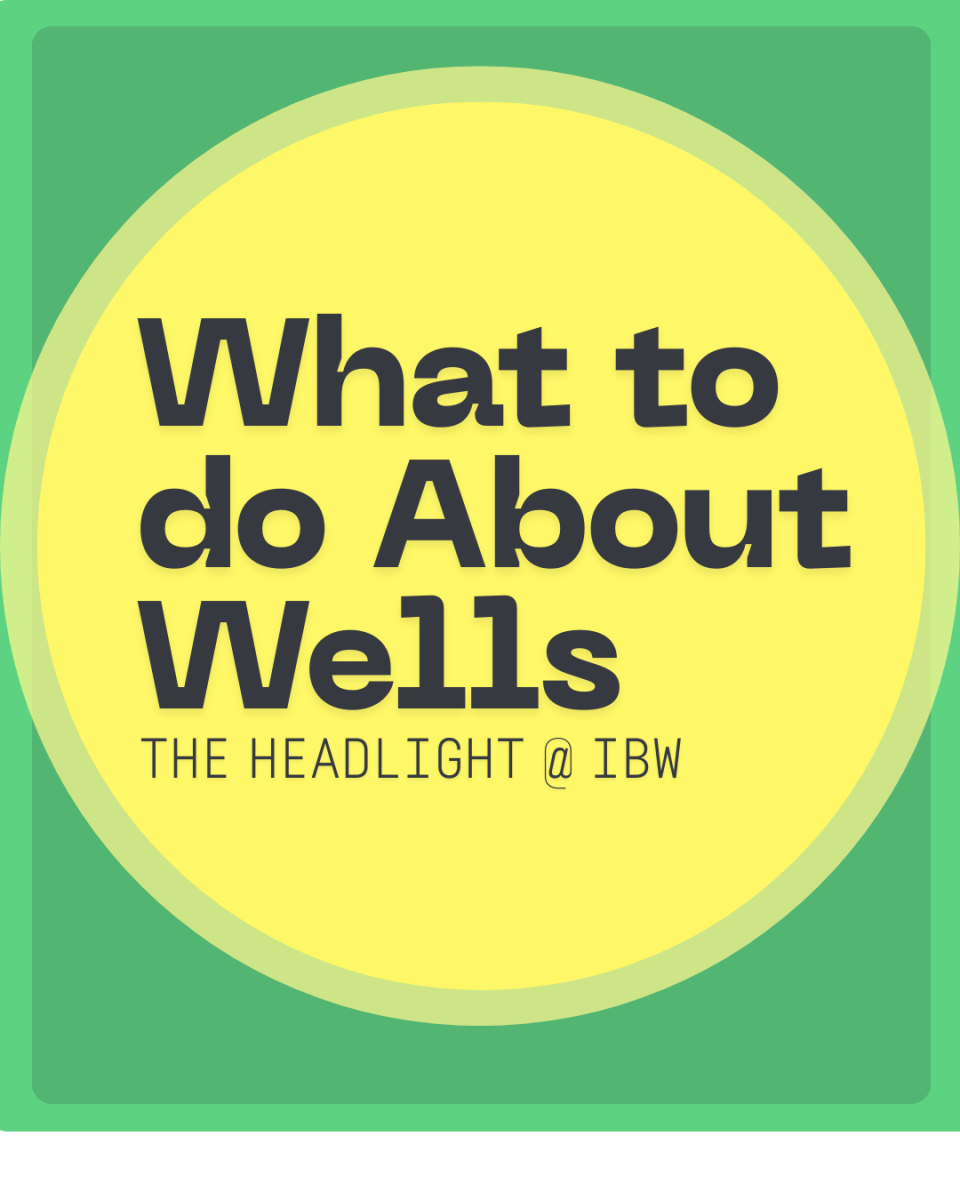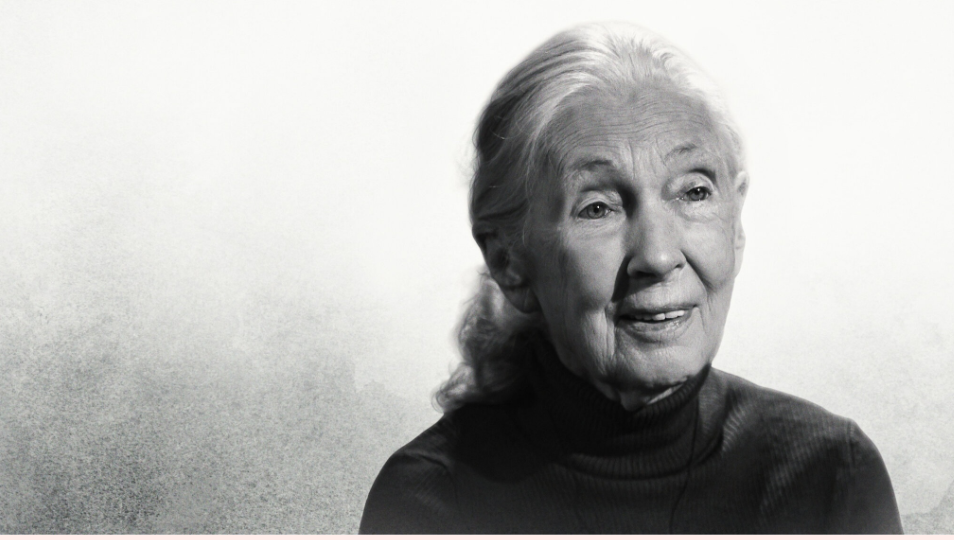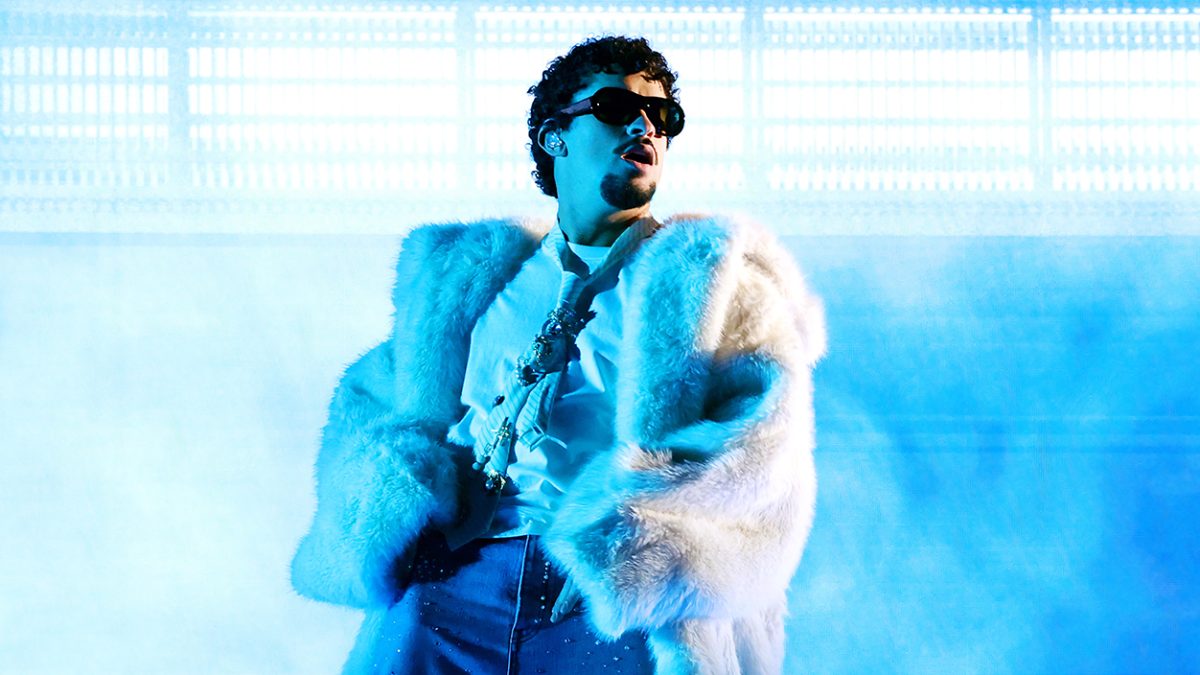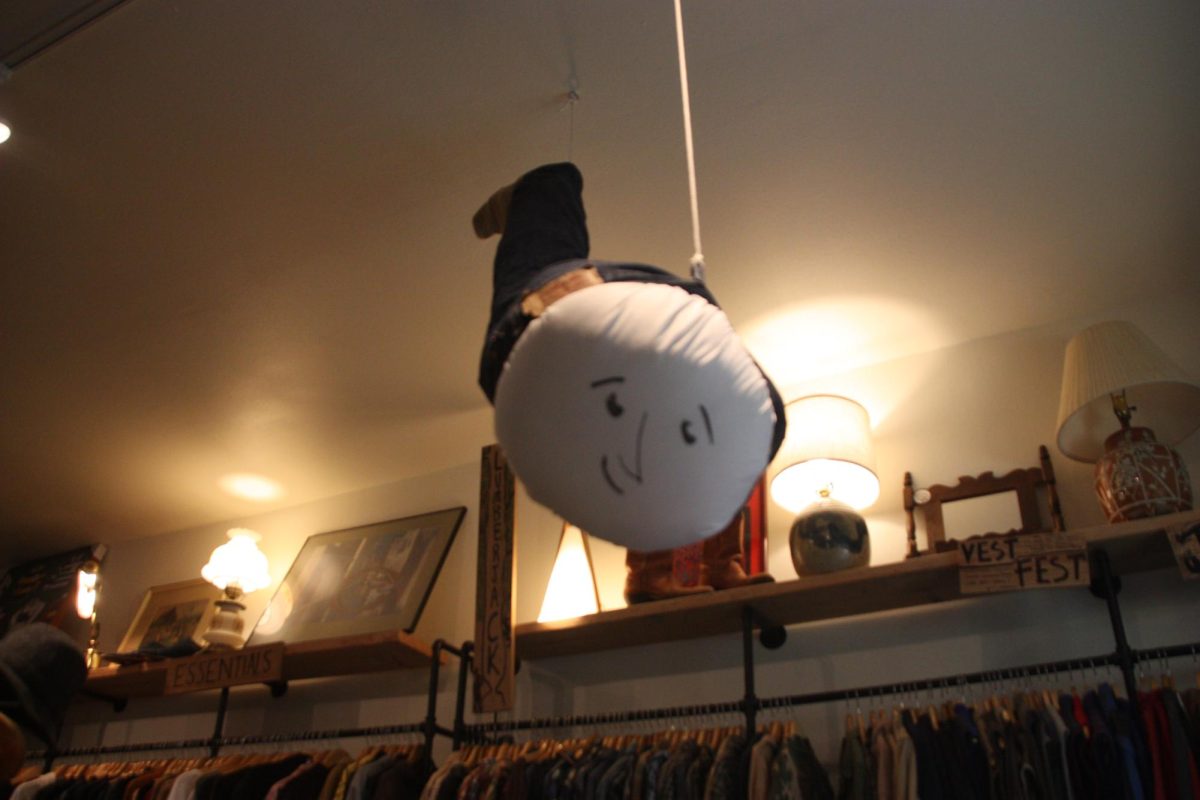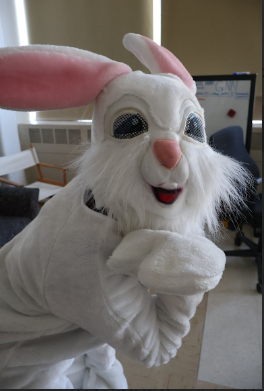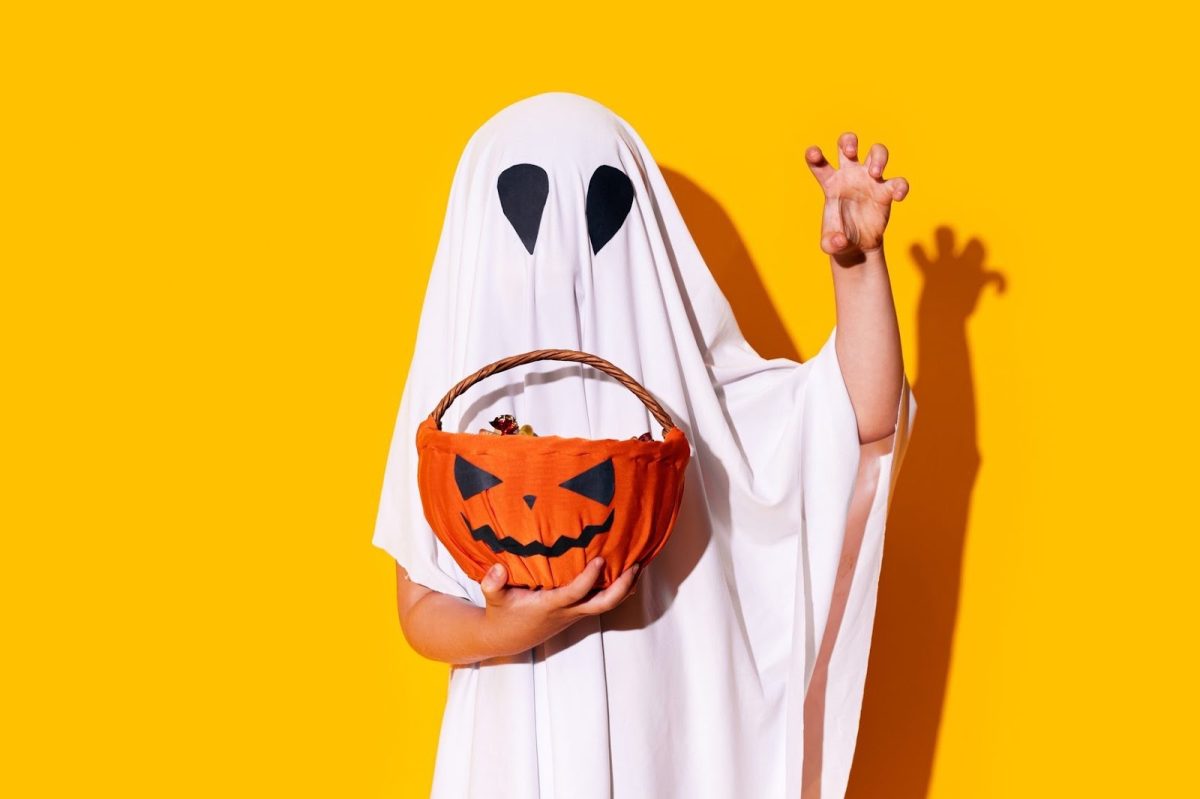Why is pumpkin spice all over social media, grocery stores and homes even before the height of fall?
The launch of the pumpkin spice trend first started as a latte by Starbucks on Oct. 10, 2003, and it started a new wave of fall consumption. The drink, made with real pumpkin, espresso, steamed milk, cinnamon, nutmeg and whipped cream, has become one of the most successful beverages Starbucks has ever launched.
Today, many companies capitalize on buyers by using pumpkin spice flavoring and scents in their products, playing on feelings of nostalgia. Many buyers often associate pumpkin spice with falltime, family and comfort.
“I think of Halloween when I hear pumpkin spice. I just love fall and I know that pumpkin spice stuff tastes real good, so it’s a win-win,” says Sara Bonn, a senior at Ida B. Wells High School. “The Starbucks warm pumpkin lattes really give the fall vibes. The initial taste is good but the aftertaste is really amazing. I think one reason the latte is so popular is that it’s seasonal, and so people go crazy.”
Another key factor in the boom of the pumpkin spice craze is limited availability, or scarcity, according to Psychology Today. “Social psychology tells us that once something is ‘limited supply,’ ‘seasonal,’ or ‘for a short time only,’ its desirability increases. It’s human nature to want to be part of something; if everyone is doing it, I want to be part of the group and do it too. People want to feel relevant, involved, and part of the conversation.”
What started as a simple latte has snowballed greatly. Coffee creamers, syrups, cereals, cookies, cream cheese, protein bars and much more have all been affected by the pumpkin spice epidemic.
But is the pumpkin spice campaign a success?
Starbucks’ pumpkin spice latte alone has generated more than $2 billion in revenue within its first decade and continues to be a major revenue driver for the company.
As for other pumpkin spice products, consumers in the U.S. are estimated to spend between $500 million and $800 million on them each year, with some reports suggesting the market could reach $1.1 billion globally by the end of 2025. This increase can be traced back to consumer demand.
“My go to pumpkin spice item is a candle, definitely. It smells really good, and I like walking into my room and having a distinct smell in there that sets the vibe of fall and spooky season,” says Bonn.
But, what do IBW students think of pumpkin spice and its impact on them?
“What comes to my mind first is the original post that coined the term ‘Christian girl autumn,’” says Maddie Brooks, a senior at IBW. “I don’t like coffee, but I love Starbucks’ pumpkin spice chai and pumpkin scented candles. I think not enough places have fall themed drinks and foods.”
“I think it’s fun,” Brooks says. “It brings a sense of whimsy to fall that a lot of people usually ignore.”
“My opinion of pumpkin spice is that it has a flavor that does not taste of pumpkin, rather it is slightly autumnal in nature. With that said, I do enjoy the medley of tastes that sparingly can be quite good,” says Captain Eilers, a junior at IBW.
But some people aren’t in love with the pumpkin spice craze. “I’m not a fan of it,” says Larken Hale, another senior at IBW. “It tastes like burnt wood. I think people are so obsessed with it because I think it gets people in the autumn spirit, and everybody loves seasonal drinks.”
Overall, pumpkin spice is a craze that seems to be growing each year, bringing something to look forward to for many people.


